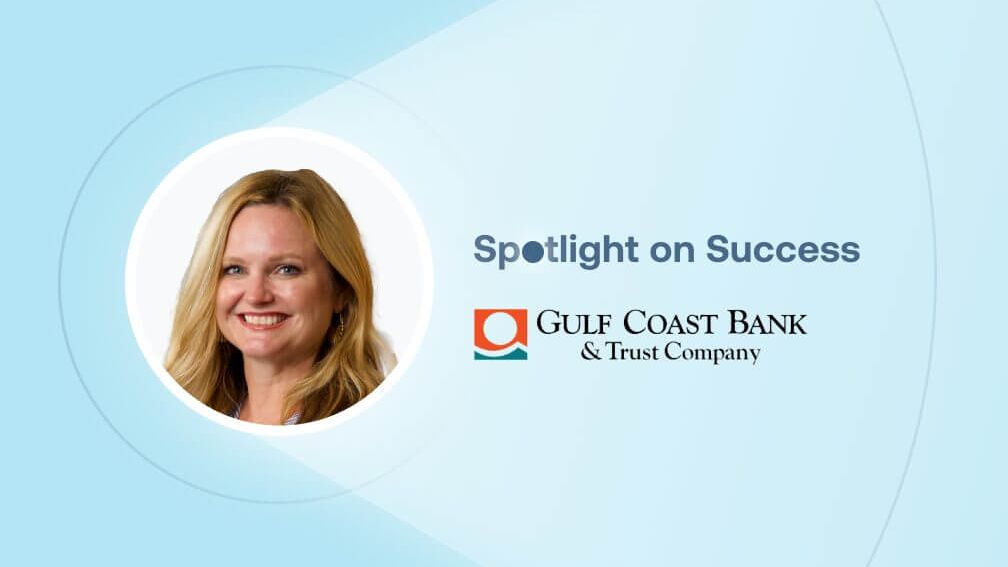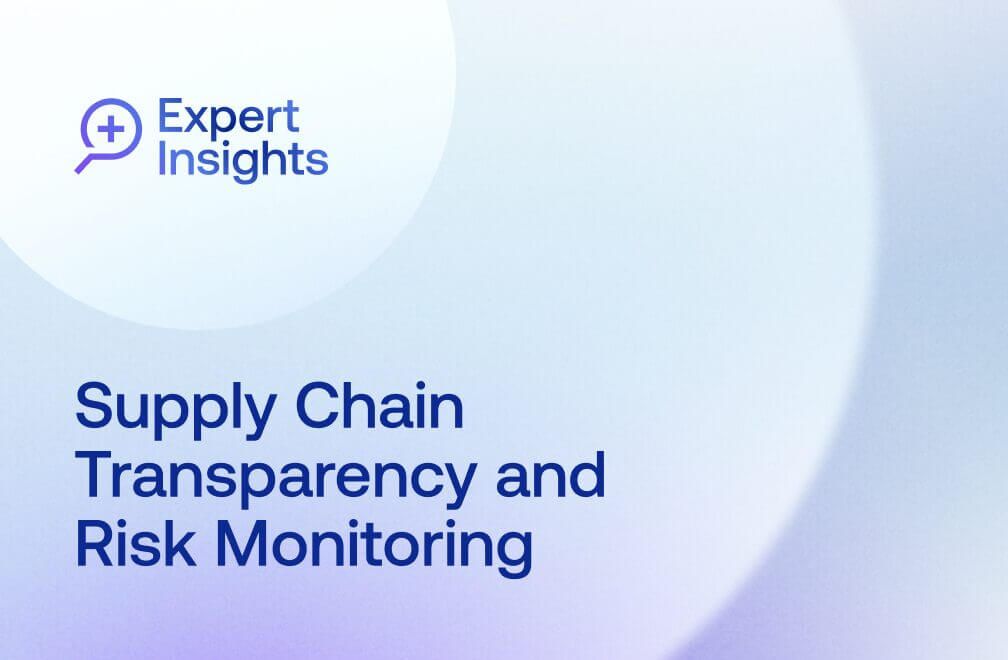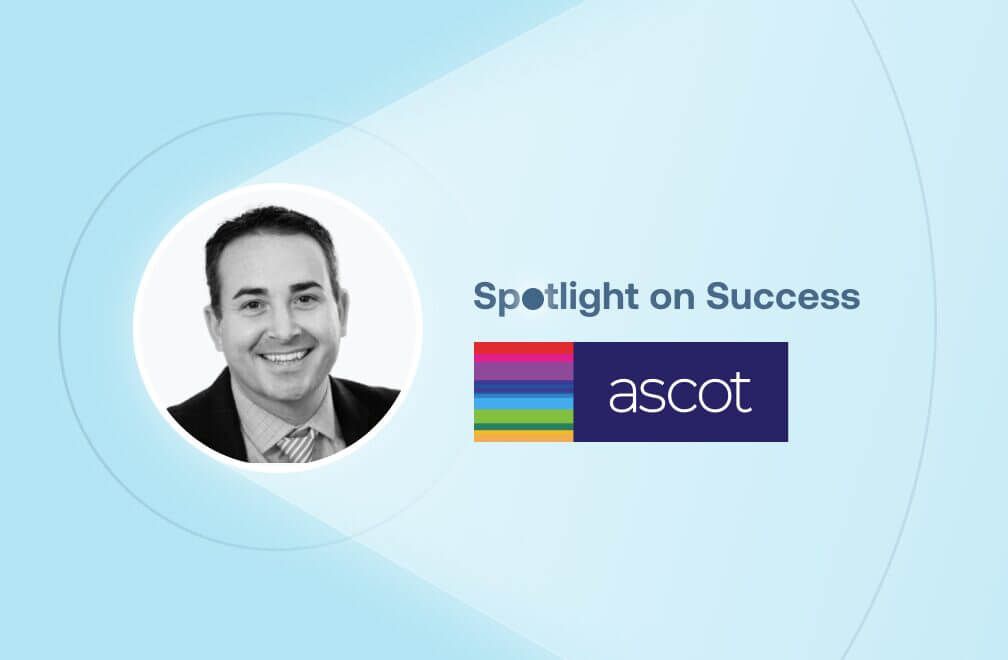
June 15, 2023 • 6 min read
How Watts Water Drives Consistency to Manage Risk Proactively
In our Spotlight on Success series, Alex Byrne, Director of Internal Audit of Watts Water, shares how he realized his vision for a holistic solution that would eliminate version control issues and bring all his PBCs, testing, and reporting together in a single source of truth. Founded in 1874 on the belief that water boilers in textile mills shouldn’t explode, Watts Water has grown to become a global leader of quality water solutions for residential, industrial, municipal, and commercial settings. Hear how this team gained alignment between internal and external stakeholders by switching from a manual environment to AuditBoard, including:
- Leveraging AuditBoard’s connected risk platform to centralize all documentation in a single source of truth.
- Supporting the company’s value to “do the right thing always” by promoting visibility and consistency to drive a culture of controls compliance across the organization.
- Streamlining communication with control owners and gaining real-time visibility into status.
Tell us a little about Watts Water, and your vision for what the right technology could enable you to achieve.
“Watts Water Technologies is a hundred-year-old company. Our products are widespread throughout the world. The majority of our products are “behind the wall,” as we think of it, really driving safety and efficiency. I was looking for a holistic solution that incorporated all of the PBCs, all of the testing, all of the reporting — all in one database. But more importantly, it allowed my external auditors to have real-time visibility as controls were executed. Trying to get that whole soup-to-nuts process from control certifications through PBCs, through testing, reporting, and then ultimately external reliance was the driver for us.”
What were some of the version control challenges you experienced in your previous manual environment, and how has AuditBoard helped you solve them?
“When I came to Watts, we were still on Excel, Word, PowerPoint, and Visio. The challenge that we had was ownership and version control. People would save things to their network drive or to their desktop, and they would make a change and it would never get back to our final documentation. Then we’d do walkthroughs and we’d realize that something’s changed.”
“AuditBoard made version control a non-issue. It allowed us to push changes through, work with management, and have them do control certifications from the director side. If I want to know where we are at any point in time, I don’t need to go to my team and ask them, what are we doing? Where are we? I can just click on a dashboard and instantly see, here’s where we are.”
How have you used the visibility AuditBoard provides to drive consistency and promote a culture of controls compliance?
“AuditBoard allowed us to understand how other places are doing things, and really come to a best practice and push that to management. AuditBoard has helped us address risk and drive consistency.”
“Our overall company strategy — and one of the big messages from our CEO — is to do the right thing always. Having AuditBoard gives people the visibility into what’s expected and helps them really understand what the values of the company are and why we’re doing things. From my perspective, a lot of SOX is not additional things that people should be doing — it should be ingrained in their normal day-to-day process. If you think you’re doing this just for SOX — why? And how do we address the risk? In AuditBoard we are able to show them what the risk is, show them what the objective of the control is, and work with them on the wording and the actual rollout of their process.”
How have you leveraged AuditBoard as a single source of truth to gain alignment with internal and external stakeholders?
“Having that one source of truth makes it so much easier. If there are issues that are brought up, we get to interact with the control owner in real-time. They respond in AuditBoard, they confirm that the finding that they see is accurate. It starts with the control owner but it goes all the way up through our regional management then through our controllership team and all the way to our executive team and our audit committee — it drives that partnership with internal audit and with external audit to make sure that we’re all one hundred percent aligned in real-time and we can close out issues and move on.”
You may also like to read


How Snowflake Uses Continuous Monitoring to Proactively Identify Risk

How Gulf Coast Focused Their Audits on High-Risk Areas

How Uniper achieves greater audit transparency and impact

How Snowflake Uses Continuous Monitoring to Proactively Identify Risk

How Gulf Coast Focused Their Audits on High-Risk Areas
Discover why industry leaders choose AuditBoard
SCHEDULE A DEMO



